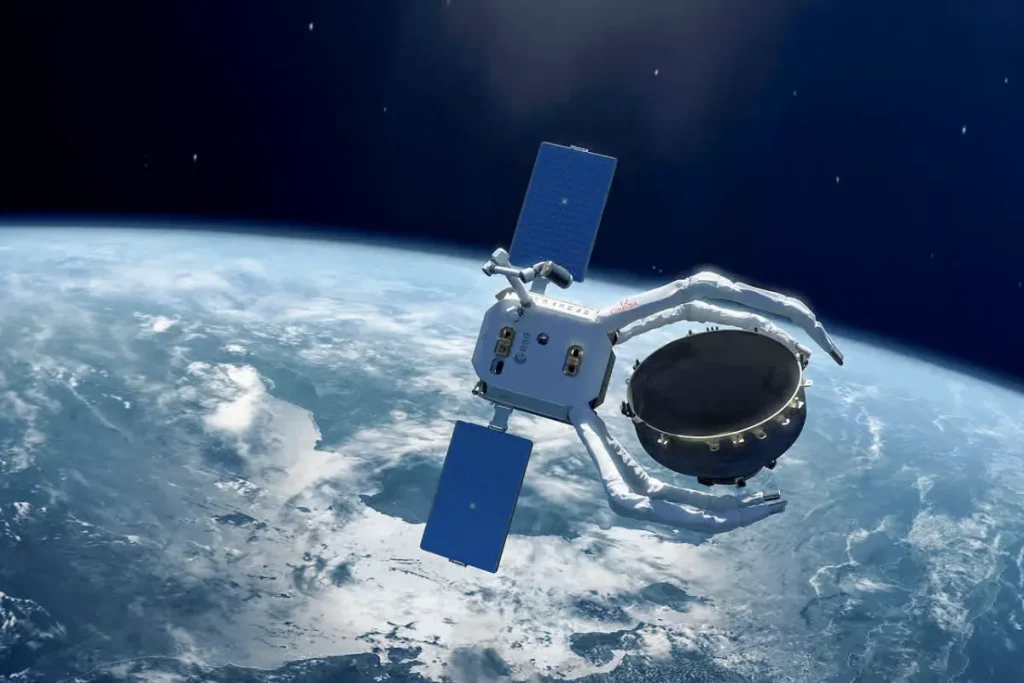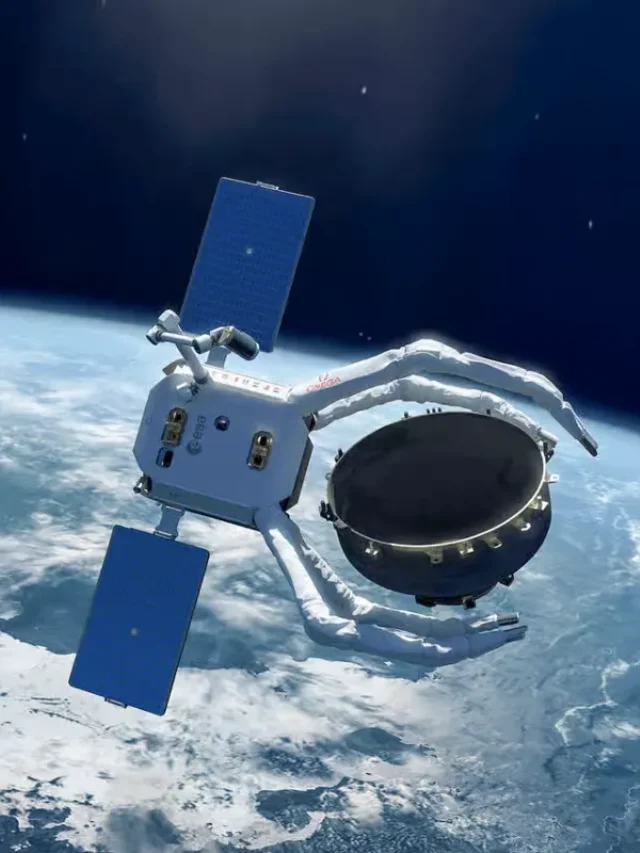ClearSpace Advances ClearSpace Debris Removal Mission in Space Cleanup Efforts

ClearSpace has successfully advanced its CLEAR mission, marking a significant step in space sustainability. The UK Space Agency-backed initiative aims to remove two derelict objects from Low-Earth Orbit (LEO), using a servicer spacecraft designed to rendezvous, capture, and deorbit debris.
The company recently completed Phase 2, validating key technologies for active debris removal (ADR). One of the most critical breakthroughs was the robotic capture system, which passed rigorous mechanical tests to ensure it can withstand the intense launch conditions. Additionally, ClearSpace developed image processing algorithms capable of detecting and tracking space debris with precision. These advancements bring the mission closer to reality, reinforcing the UK’s position as a leader in space sustainability and in-orbit servicing.
Ray Fielding, Head of Sustainability at the UK Space Agency, emphasized the importance of this milestone: “This is a significant achievement in our national ADR program. ClearSpace and its partners have successfully delivered all requirements in this de-risking phase. We are now entering an exciting period of further innovation, supporting our prioritization of space sustainability.”
The rising challenge of space debris isn’t just a technological hurdle—it’s a risk management problem. Much like the probability of default in economic systems, space agencies must evaluate the likelihood of mission failure due to orbital debris interference. ClearSpace’s image processing algorithms rely on advanced data validation and verification techniques to ensure accurate debris tracking. Robust data integrity is critical for autonomous systems operating in unpredictable environments.
The servicer spacecraft employs a modular approach to interfacing with debris, similar to API integration, where standardized connections ensure seamless interactions between independent systems. Just as Cat5 and Cat6 cables optimize network connections, space agencies design optimized satellite communication channels to ensure stable transmissions between Earth stations and orbital systems.
Before deploying space missions, agencies conduct extensive site surveys, similar to terrestrial infrastructure projects, to assess feasibility, risks, and environmental conditions affecting mission success. The success of ClearSpace’s mission depends on rigorous performance management, ensuring every component functions within expected operational parameters.
The commercial space industry is experiencing significant financial shifts, with high-ticket projects requiring strategic channel marketing approaches to secure investments and stakeholder confidence.
As space debris continues to pose a growing threat to satellites and future missions, initiatives like CLEAR are crucial in ensuring a sustainable space environment. The next phase of the mission will focus on further refining the servicer spacecraft’s capabilities and preparing for its first operational debris removal.





